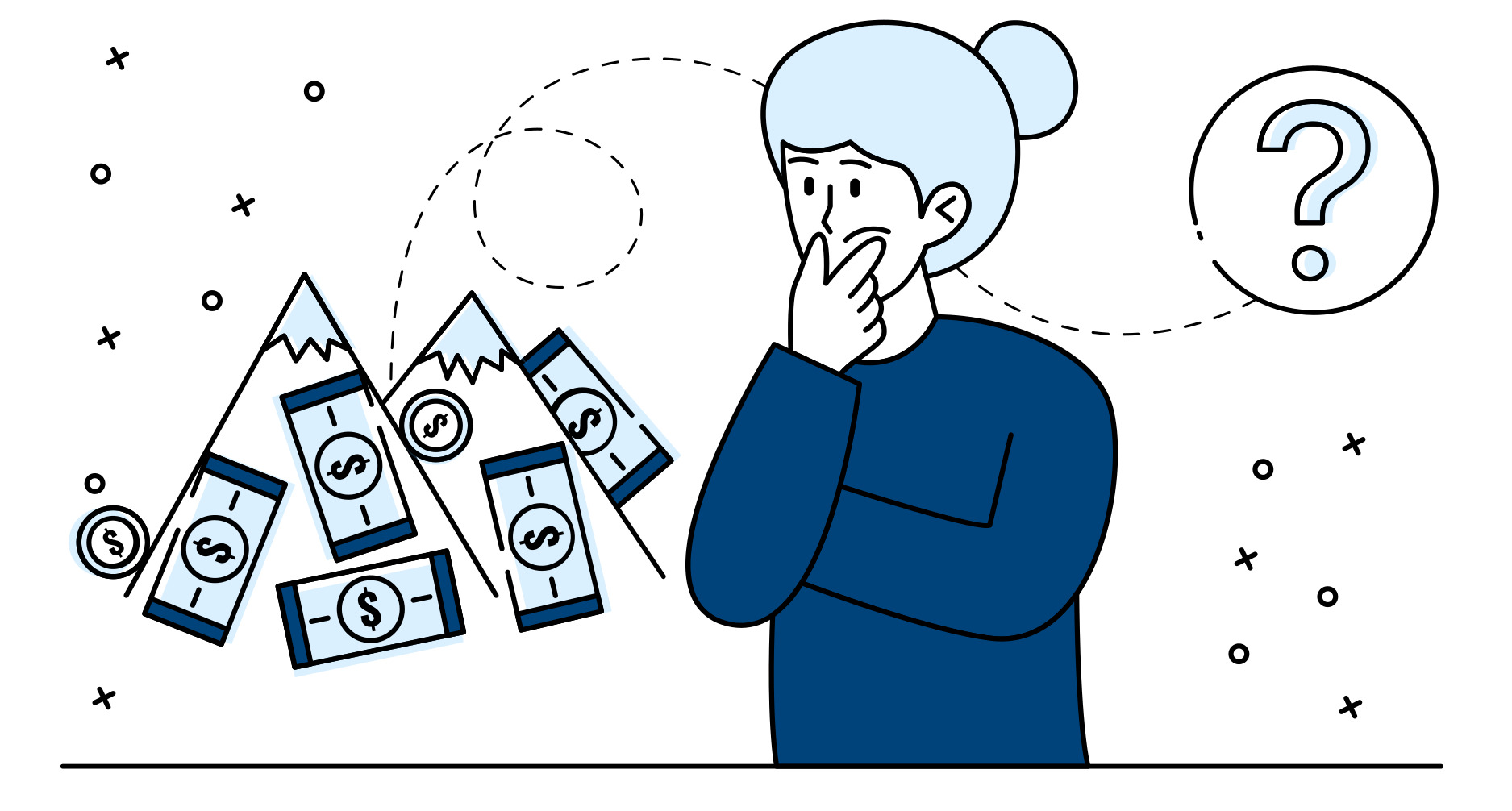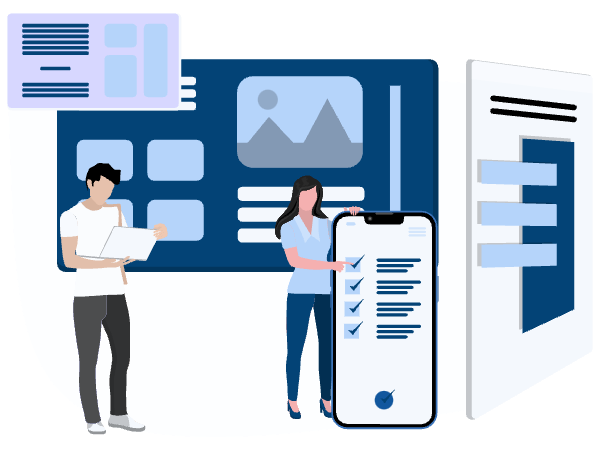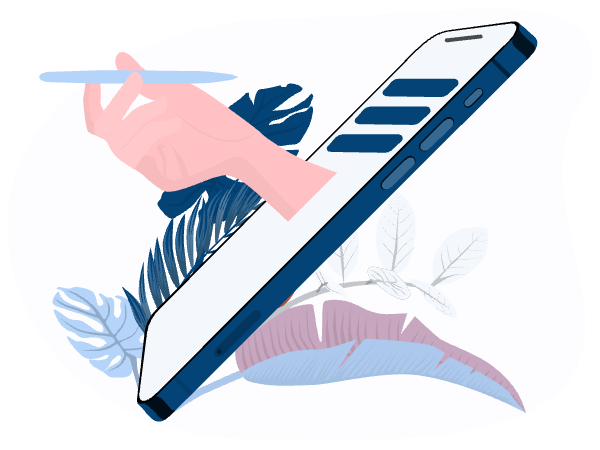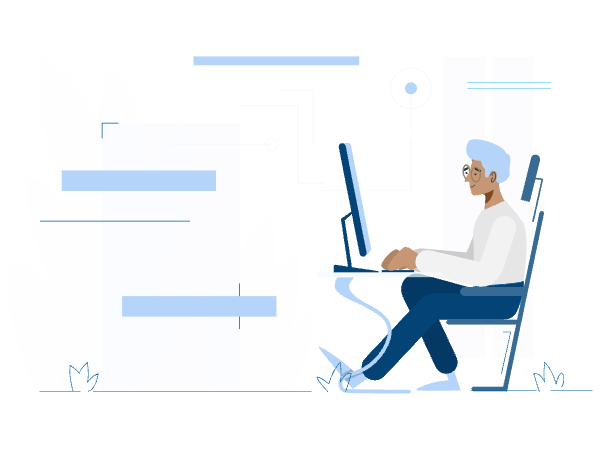Knowing how to pay off your debt effectively can be overwhelming, especially when you’re juggling multiple high-interest credit cards or loans. However, there are some tried and tested strategies that can help you with that. Two of the most used methods are known as the debt avalanche and the debt snowball. I’ll begin by taking you through everything you need to know about the debt avalanche before weighing in on alternatives.
What is the debt avalanche strategy?
The avalanche strategy takes a more mathematical approach to eliminate debt by showing you how to save money by paying off your balances with the highest APRs first.
The avalanche strategy takes a more mathematical approach to tackle debt and shows you how to save money by paying off your balances with the highest interest rates or APRs first.
It’s a straightforward method that doesn’t require a lot of work. You start by paying off the card or loan with the highest APRs. Then, you begin paying off the loan with the second-highest rate, and so on.
It may seem intimidating to begin tackling an $8,000 credit card bill with a 25% APR when you have a $500 account with a 17% APR. However, according to the maths, paying off the balances with the highest interest rate will save you money in the long run, all thanks to the magic of compounding interest.
When to Use the Debt Avalanche Strategy
The debt avalanche strategy is most effective when you have multiple balances with high-interest rates to tackle. The quicker you eliminate the high-interest balances at the top, the more money you’ll save by the time you’ve finished paying off your debts.
A common misconception about the debt avalanche strategy is that you can only use it with credit cards. It works with most types of debts like the following:
Personal Loans
An unsecured loan that comes with varying interest rates based on your credit score. Personal loans are a great candidate for the debt avalanche strategy.
Medical Bills
There are many ways to reduce these bills by directly negotiating with the hospitals. However, even if they don’t charge interest, adding these balances to the bottom of your debt avalanche hierarchy is an excellent way of staying on track with your debt repayment plan.
Student Loans
Interest rates are low for student loans, so credit cards and personal loans usually take priority when using the debt avalanche strategy.
How to use the debt avalanche strategy
Before beginning any debt-repayment plan, you should review your budget to figure out how much cash you can put towards servicing your debt.
Once you have that figure, make a list of all your active balances, and rank them in order with the highest APRs at the top of the list. Don’t forget to note the minimum payment required for each account, which will be critical for the next step.
Now that you have your list, begin making the minimum payments for every account, and allocate any leftovers towards paying off the balance with the highest interest rate. Once the account with the highest interest rate has been paid off, turn your attention to the next one on the list and put as much money as you can towards paying off that account too.
For example, let’s say that you have the following balances:
$6,000 credit card balance with a 17% APR
$2,000 credit card balance with a 16.5% APR
$1,500 credit card balance with a 16.3% APR
$10,000 car loan with a 5.5% APR
The $6,000 credit card balance has the highest APR, so you’ll want to begin paying off that account first.
After you’ve paid off the $6,000 balance, move on to the $2,000 balance, and then the $1,500 balance until all your debts are gone.
Benefits of using the debt avalanche strategy.
If you stick to the plan, the debt avalanche strategy could save you a lot of money by minimizing the interest you’ll pay while working towards repaying all your debts.
Because less interest accumulates, it reduces the time it’ll take you to get out of debt. While it may not be an excellent strategy for everyone, considering the amount of discipline it takes, it’s still an effective way of getting out of debt relatively cheaply.
If your goal is to get out of debt, why not do it in a way that gets you there via the fastest way possible and with an approach that costs the least?
Debt Avalanche vs. Debt Snowball
The debt avalanche can be a great strategy to use if you want to get out of debt in the cheapest way possible.
Another strategy you could use is the debt snowball, which encourages people to pay off their debts with the lowest balance. With the debt snowball, it’s all about the little wins that help keep you motivated. If you’re juggling several credit cards, the feeling you get when paying off an entire account could help many people stay on track.
The biggest downside with the debt snowball method is you end up paying more interest. That doesn’t mean the strategy is inferior. It just means that you need to figure out what works best for you. Some may feel motivated by paying off their smallest balances first and help them stay on track of their goals. Others may find comfort in a more mathematical approach that helps them save more money.
Bottom Line
With the cost of living rising and income remaining stagnant, falling behind on payments isn’t so uncommon. If you’re struggling to keep your head above water, Stately Credit has you covered. Our low-interest loans are here to help you get through whatever life has in store. Whether you need the money for home improvements, a burst pipe, fixing your car, an affordable and responsible loan is only minutes away. Reach out to us today if you need help!



